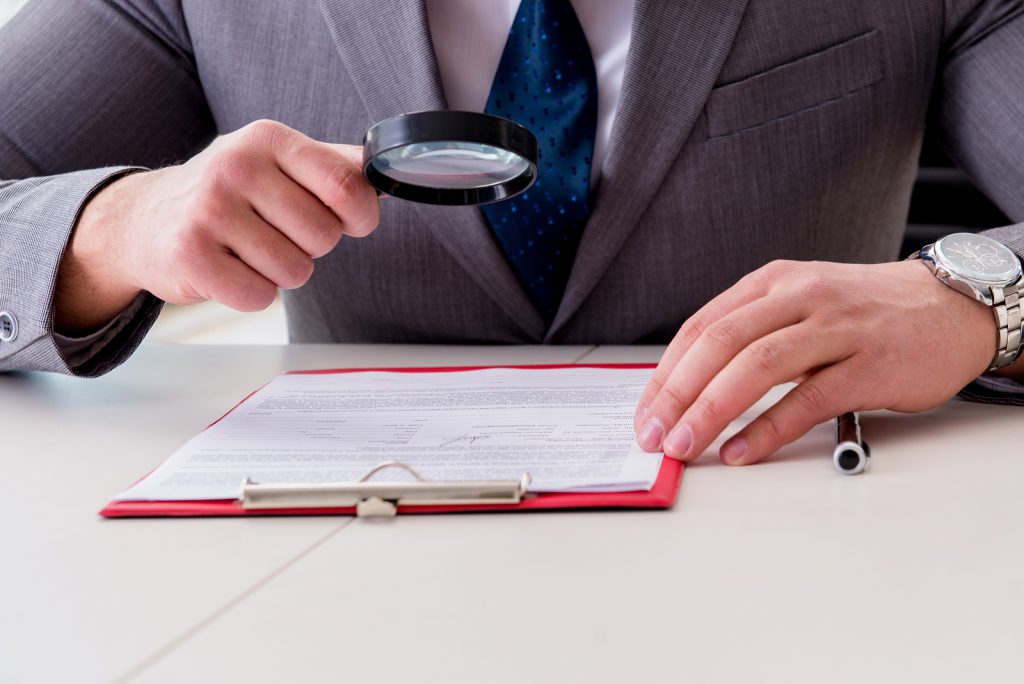My credit reports have an error in them. What should I do?

Your credit reports are supposed to be an accurate record of your history with debt. But sometimes they’re simply not accurate. In fact, it’s estimated that around 25% of all reports have errors in them.
When you review your credit reports, you might find errors big or small. Perhaps your name is misspelled, certain dates are not correct or you even find accounts that don’t belong to you. If you do find an error in one or more of your credit reports, you can dispute it for free, and the process is fairly simple — there’s no need to hire a sketchy credit repair company for help.
Five steps to fix errors in your credit reports
Some credit report errors are harmless, while others can seriously damage your credit scores. Fortunately, you can file a free “dispute” to get errors removed.
1. Pull all three of your credit reports
Before you try to get the information removed from your credit reports, you’ll need to gather some details. Start by pulling all three of your credit reports (Experian, Equifax and TransUnion). You can pull them for free, once a week at AnnualCreditReport.com.
Here’s what you should look for:
- Make sure your name, date of birth and Social Security number are correct
- Check to insure that all of the accounts listed belong to you
- Review the payment calendars to make sure that no payments are incorrectly reported as “late.”
- Look for hard inquiries (applications for new credit) that you don’t recognize
As you read through the reports thoroughly, make a note of any errors you find, including information that doesn’t belong to you. Also, keep in mind that some information will be outdated by 30-60 days, depending on when your creditors last updated your account information.
If you’re not sure how to read the reports, you can schedule a Credit Report Review to get help from an NFCC-certified Credit Counselor.
2. Check your records
Look to see if you have proof to support your claim. By providing documentation, you’ll improve your chances of getting the error(s) removed.
The documents you need will depend on the situation. For example, let’s say you paid an account as agreed, but your credit reports show that you missed the payment. You can look for bank statements that show the date and amount of money you paid.
Depending on the error, you might want to gather any or all of the following items to clear up the mistake:
- Bank or credit card statements
- Emails or letters from a creditor
- Receipts
- Court documents
- Utility bills
- Social Security card
- Marriage certificate
- Divorce decree
- Government-issued Photo ID
- Identity theft report (which you can obtain at IdentityTheft.gov)
3. Find the right contact information
Before you can file a dispute, you’ll have to decide who to contact. If it’s obvious that the incorrect information was provided by your credit card company, lender, landlord or utility company, it’s best to contact them first. You may be able to find their contact details listed along with the account information on your reports.
For other issues, you can reach out directly to the credit bureau. Each credit report has details on how to file a dispute with the corresponding credit bureau. It’s easy to file disputes online, but you may want to file by mail if you’re not able to upload your documents.
You’ll find the credit bureau’s dispute contact information toward the end of each credit report, but you can also use these links to file your dispute online:
- Equifax: www.equifax.com/personal/credit-report-services/credit-dispute/
- Experian: www.experian.com/disputes/main.html
- TransUnion: dispute.transunion.com
4. File your dispute
If you file online, you’ll be prompted to enter all of the necessary information. For example, you’ll have to enter the credit report number, or file number, which you can usually find at the top of your report, and you’ll have to choose which information you want fixed. Depending on the credit bureau, you may be prompted to upload documents after you hit “Submit.”
If you choose to file by mail, you can use this Sample Letter from the Federal Trade Commission as your guide. Just make sure to write the letter in your own words. If you submit a letter that follows a template, the credit bureau is highly likely to dismiss your dispute, meaning they won’t fix the error.
Once your dispute is submitted, the credit bureau will investigate and should get back to you within 30 days.
5. Further action
Unfortunately, some legitimate disputes get dismissed. If this happens to you, you can either wait for the information to fall off of your reports — which typically happens either seven or ten years from the date of the most recent missed payment on an account — or you can take additional action.
One option is to add a written statement, up to 100 words, to your credit report. This won’t impact your credit scores but it can provide an explanation to future creditors. You can also file a complaint with the Consumer Financial Protection Bureau (CFPB), which might result in a second investigation. If you’ve suffered damages because of the error, you may want to take it a step further and get an attorney involved.
Frequently Asked Questions (FAQ)
Do I need to file my dispute with all three credit bureaus?
To ensure that errors are removed from all three of your credit reports, it is best to file a dispute with all three of the credit bureaus (Equifax, Experian and TransUnion).
Can I dispute any information I want removed from my credit reports?
The dispute process is only meant to remove errors from your credit reports. You can dispute negative information that’s correct, but at best, that information will only be removed from your report temporarily.
What’s the fastest way to dispute a credit report?
The fastest way to dispute errors on your credit report is online, with the credit bureau that created the report.



